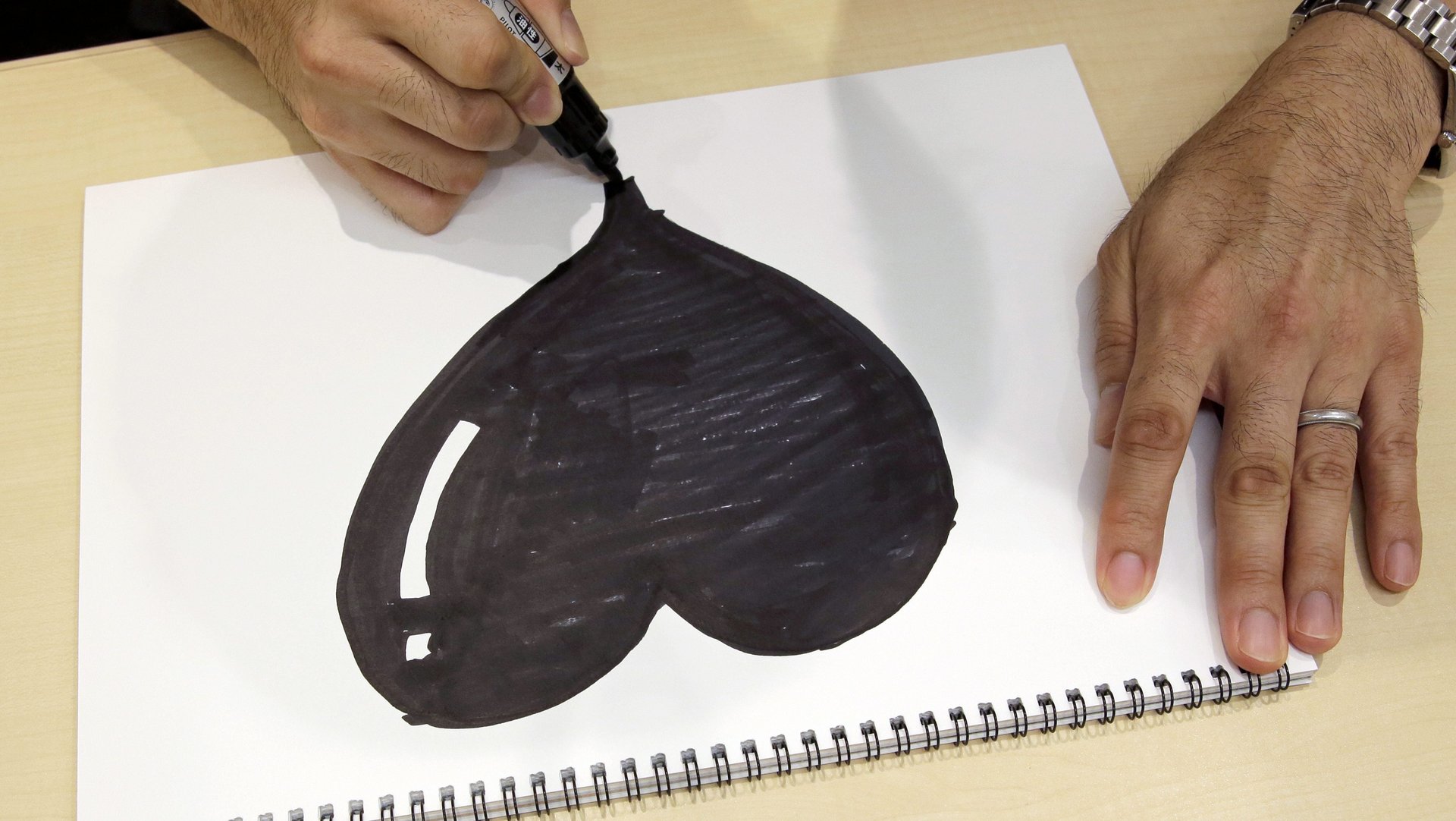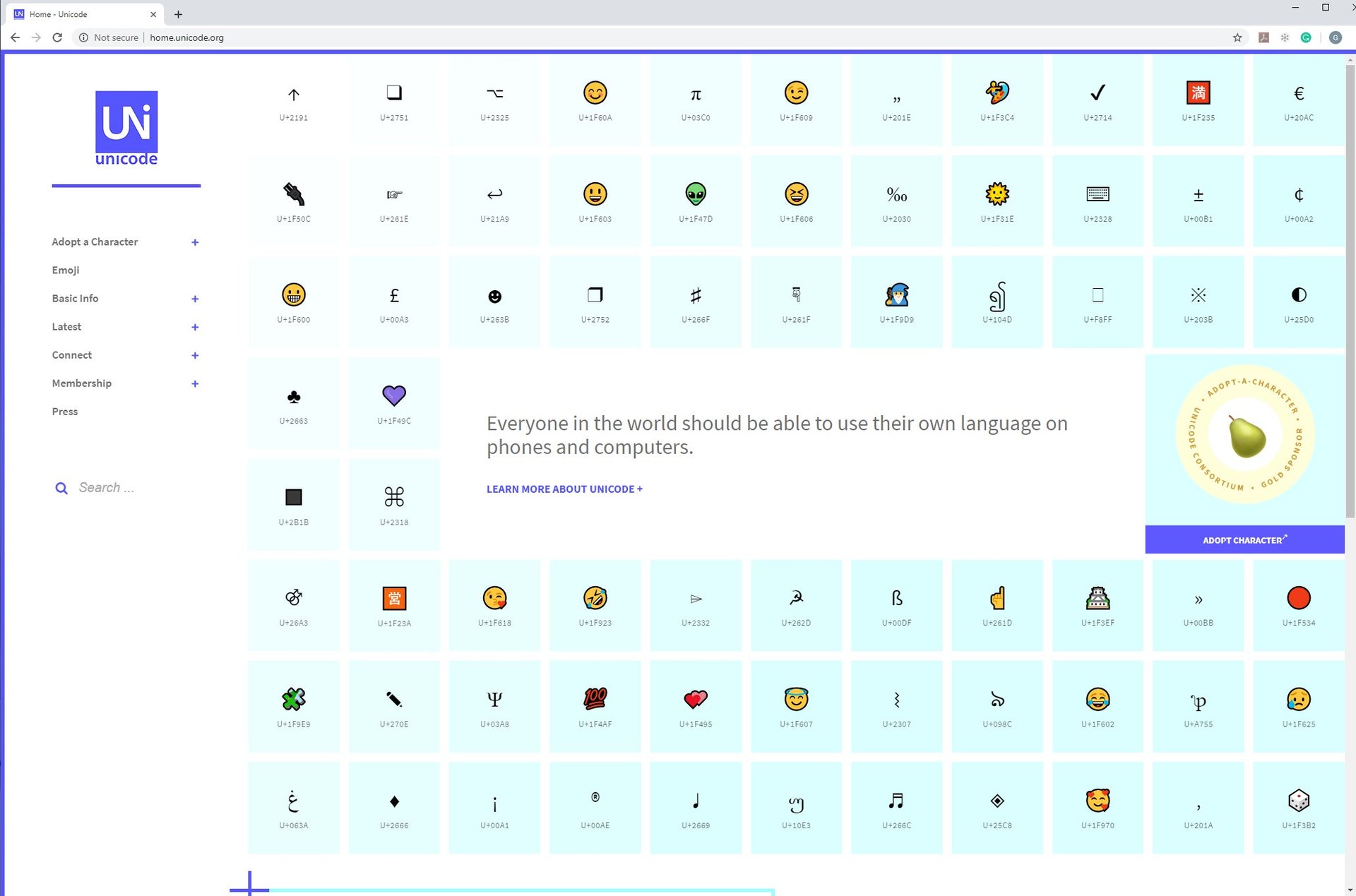Proposing your own 💡 for an emoji just got a bit easier
In time for World Emoji Day (July 17), the Unicode Consortium, which decides on new emojis, is eager to shed its reputation as a community only for computer geeks. The Silicon Valley-based nonprofit has redesigned its website (unicode.org) to be more universally appealing.


In time for World Emoji Day (July 17), the Unicode Consortium, which decides on new emojis, is eager to shed its reputation as a community only for computer geeks. The Silicon Valley-based nonprofit has redesigned its website (unicode.org) to be more universally appealing.
“The new website is the first step in providing greater access to the process for non-technical users,” board member Greg Welch tells Quartz. “The rise of mobile devices and public enthusiasm for emoji, we knew it was time to redesign the site to make information more easily accessible, and increase participation.” (The old site is still up for users who are fond of the maroon and taupe theme.)
Before the update, Unicode Consortium’s site was woefully stuck in the vernacular of early 2000s-era interfaces. Creating a friendlier website hadn’t been a priority because it was used as a repository for technical information for programmers and linguists. A design team from Adobe was asked to make improvements. They replaced tech jargon with simple language, modernized the look and created more intuitive navigation. The revamped site also spotlights the consortium’s “Adopt an Emoji” fundraising program and presents the process for proposing new emoji in a more transparent way.

“We want to encourage greater public participation in and awareness of the emoji proposal process, and making this information easier to find and understand is critical,” says Welch.
Each year, Unicode Consortium introduces around 70 new emojis, implemented across messaging platforms from Apple to WhatsApp. A technical committee evaluates proposals based on expected popularity and the ability to be understood at small sizes. To be clear, getting an emoji approved still requires many steps, but the consortium has distilled the technical requirements for non-programmers.
Founded in 1991, the volunteer-led organization’s ultimate goal is to make the internet accessible to all, no matter their language. Consortium’s members—which include employees of Adobe, Apple, Facebook, Google, IBM, Microsoft, Netflix, Oracle and SAP—are working to increase the number of languages supported on the web. They estimate that only 100 of the 7,000 known are supported now.
“Our goal is to make sure that all of the text on computers for every language in the world is represented,” the co-founder Mark Davis told NPR. “But we get a lot more attention for emojis than for the fact that you can type Chinese on your phone and have it work with another phone.”